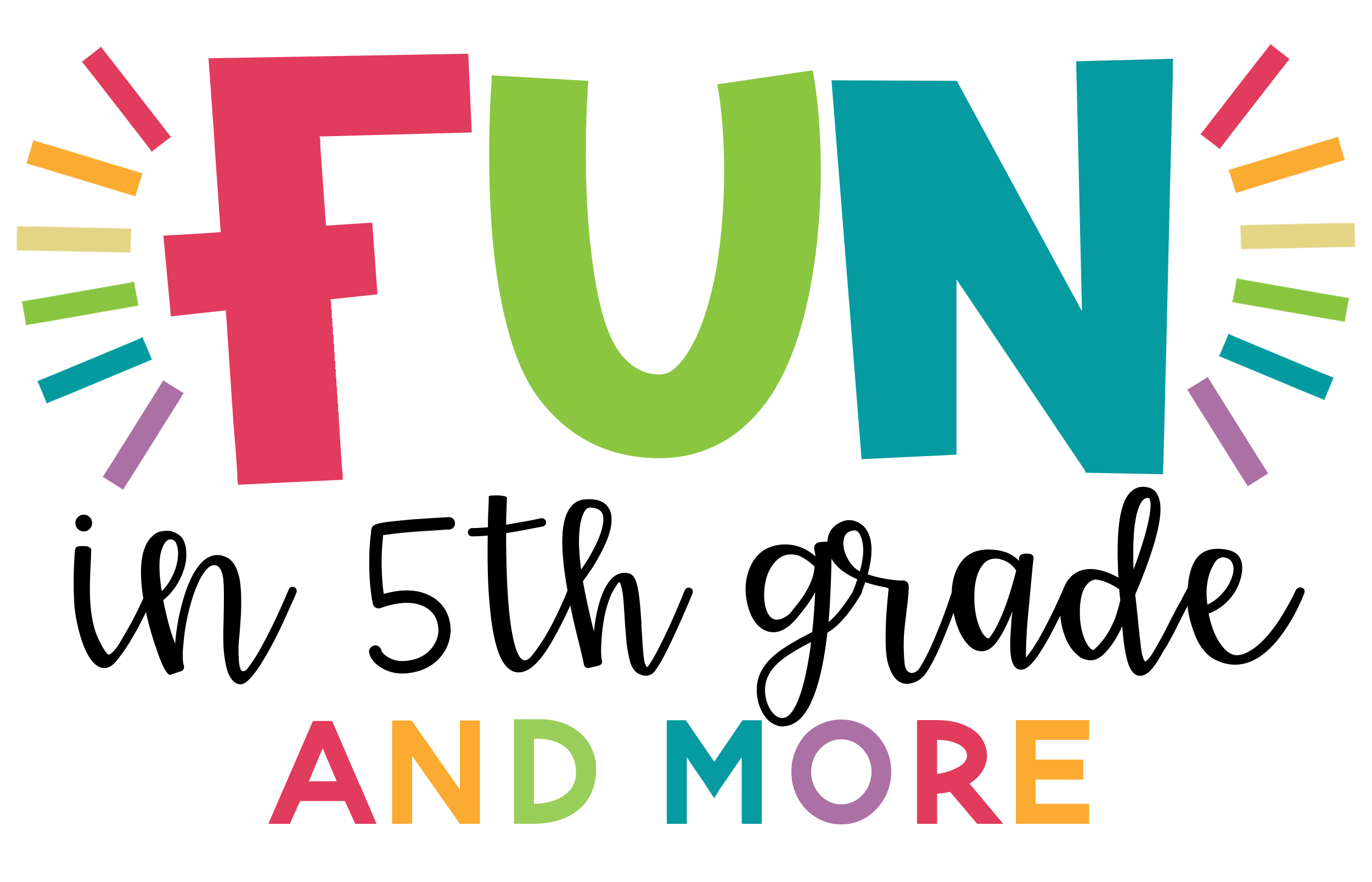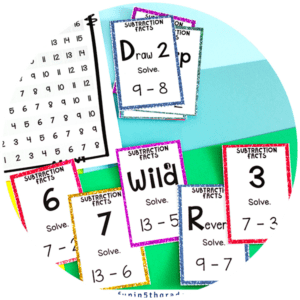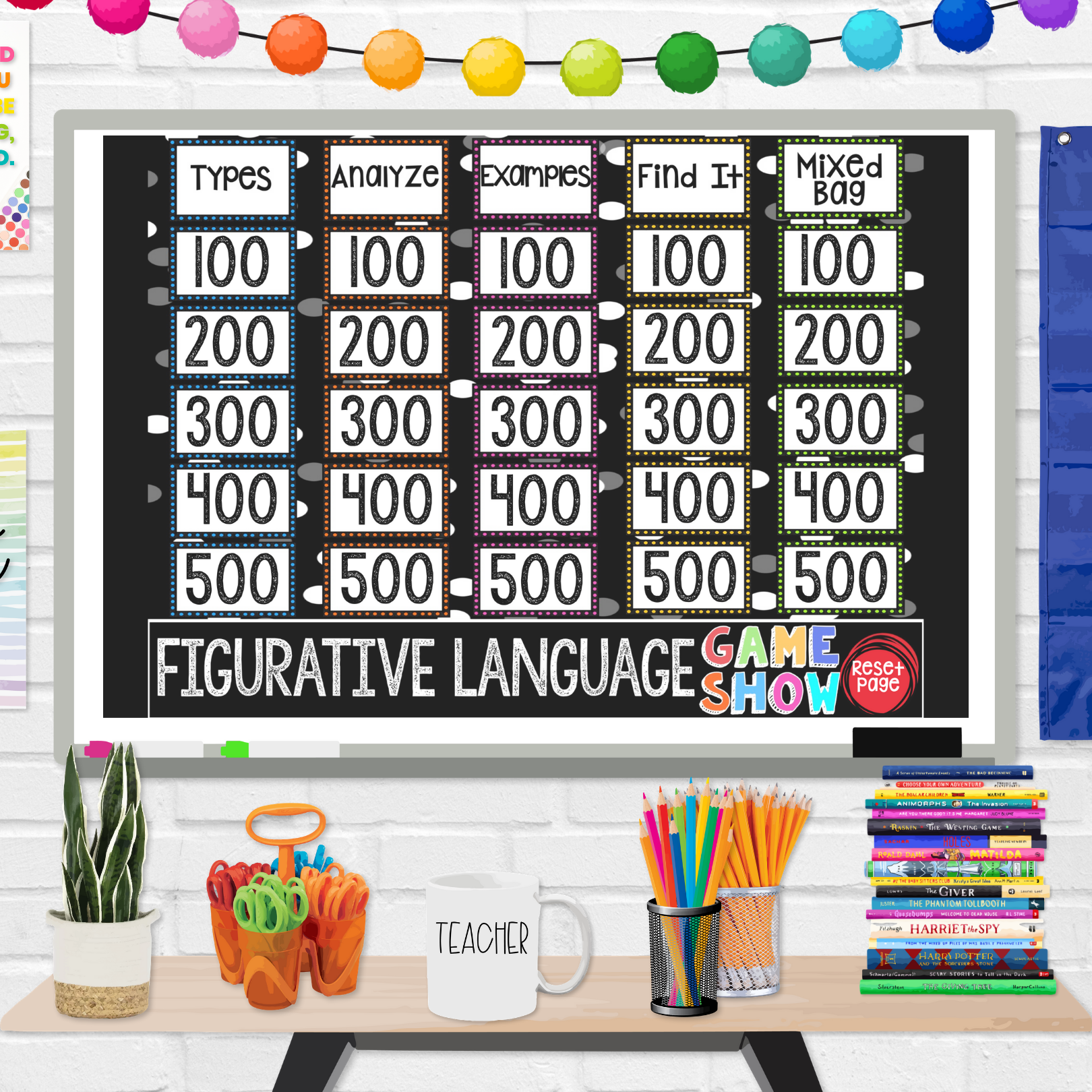Using games effectively in the classroom is not something that just happens. Teachers need to think through why games are being used and what purpose the games are serving.
I love using games in the classroom to help my students learn.
If you’ve followed Fun in 5th Grade (and More) for long, this statement will not come as a surprise, but I think it’s important.
I love using games in the classroom to help my students learn.
Notice the emphasis on the “to help students learn” part. That is the difference between using games effectively in the classroom and just playing games in the classroom.
Playing games in my elementary classroom has never been about wasting time or giving students something to do while I worked with other students. It has always been about giving them fun and engaging ways to practice skills and sharpen their learning of a particular concept.
Recently, I read a post from Education Week that discussed the use of games in the classroom, and I began to consider how my own use of games relates.

As I read the article, three ongoing themes stood out to me.
Positive Traits of a Great Classroom Game
First, if your goal is to use games effectively in the classroom, then the games should require participation from everyone.
Using Games Effectively in the Classroom: Including Everyone
I think this is something that is often missing in classroom games. They are designed in a way that students play in groups (which isn’t necessarily a bad thing); however, they are not created in such a way that all students in that group are expected to participate.
That is one of the reasons that I include accountability pages in all of my U-KNOW games, as well as most of the other games in my store.
These pages provide ALL STUDENTS with a place to document their answers as they play the game, whether it is their turn or not. This process of documenting answers gives all students a chance to work on each question rather than just the person who is acting on their turn in the game. It also provides a level of accountability if students are playing in small groups without the teacher directly observing their gameplay.
When you use the games as a full-class activity, you have a few other options for getting all students involved.
When playing Jeopardy-style games as a whole class (like these ELA Game Shows), you can easily use whiteboards or simple response cards that have answer choices on them to have all students answer the question on their own before calling on someone to provide the right answer. These are simple ways to make sure all students are getting involved in classroom games, and if everyone is involved, then everyone has the opportunity to learn.
Try some free games by signing up for my Freebie Library below:
Great Classroom Games Easily Connect to the Content
Another point that stood out to me in the Education Week article was the need for games to be “inextricably threaded with content.”
It should always be very clear how classroom content and the games you choose to tie together. Neither students nor any onlookers should wonder how the content is connected to the game… it should be obvious.
When we design games for the Fun in 5th Grade store, we create questions and passages to work on specific upper elementary skills and standards. Whether it is a U-KNOW game about multiplication or a digital review game centered on inference, you know the games will clearly tie into your classroom content.
Effective Games: Developing Confidence
When we are using games effectively in the classroom, we are giving students the time and space to practice content.
Whether they are reviewing a topic we learned about months ago, or they are practicing something that is brand new, games give students many opportunities to practice the skills over and over.
Many of our games in the store are designed to work best with small groups. Using games with small groups gives students a smaller ‘stage’ on which to practice and review that holds a lot less pressure than being called on to answer a question from a teacher in front of the whole class.
Since we provide a variety of games on the same topic, for example, we have a whole bundle of figurative language games and activities, students can practice by themselves, then in small groups, and then in a large group game like this Game Show activity. Students are able to develop confidence each time they practice and/or play a new game on the topic.
I strongly recommend that you take a moment to review the full Education Week article, but while you’re reading and learning about using games effectively in the classroom, you may also want to read this post about using games to spiral standards.
Each of these articles and posts will help you as you clearly define why you are using games in your classroom and whether the games you’re using are fulfilling the needs of your students.









